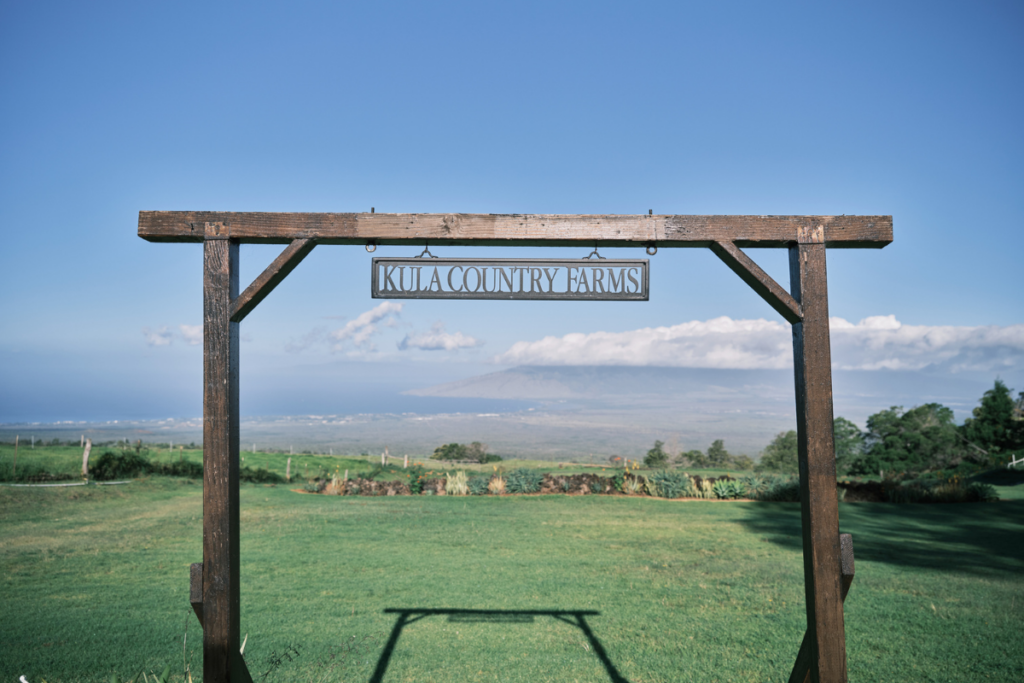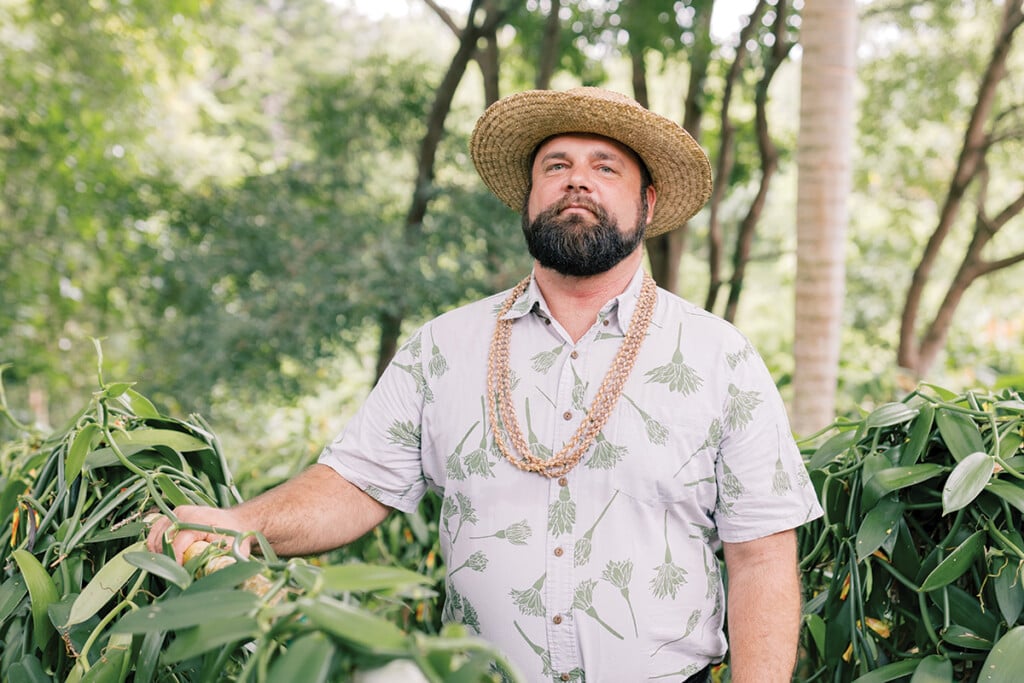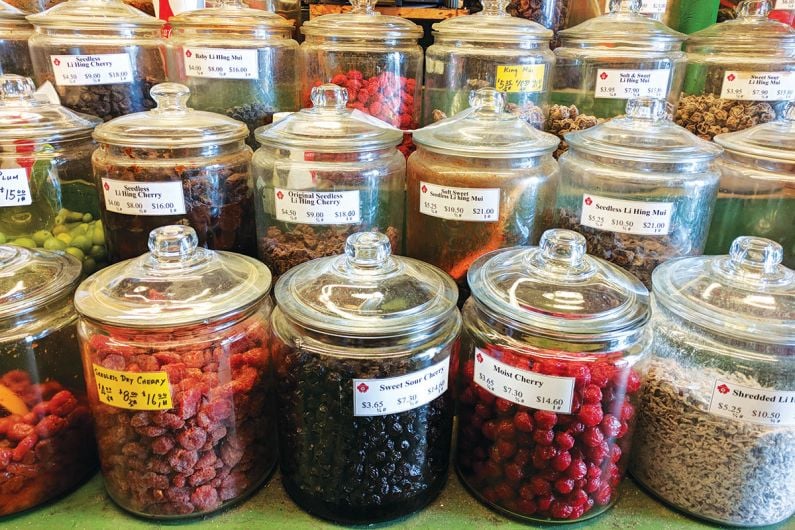Find a Natural Oasis at this Kauai Botanical Garden
Smith’s Tropical Paradise in Kapaa is best known for its luau and boat tours along the Wailua River, but the family business also operates a 30-acre botanical garden.

Around 5 p.m. every week, more than 2,000 people descend onto the Wailua Marina State Park in Kapaa to tuck into some kalua pork and watch festive hula.
Nestled into the back of the verdant valley park in east Kauai’is Smith’s Tropical Paradise, home of Kauai’s most popular luau. The family-owned and -operated company, started in 1946 by Walter Smith Sr. and his wife, Emily, began with a single boat tour up and down the Wailua River, one of the state’s only navigable rivers. But I’m in Kapaa visiting Smith’s Tropical Paradise for something else: its 30-acre botanical garden.
The Smith family has been operating the botanical garden since the mid-1980s—the land is owned by the state of Hawaii—says Walter “Kamika” Smith III, the general manager of Smith’s Tropical Paradise. He’s the third of four generations working at the family business. And while the botanical garden provides a lush backdrop to the luau and the starting point for the boat tours, it’s worth a visit on its own. “It’s a nice oasis in the middle of busy Kapaa and Wailua,” he says. “It’s a hidden gem behind the trees … and peaceful during the day.”
I arrive just after noon on a Friday. The trade winds are gently blowing and there’s ample cloud cover— perfect weather for strolling through a botanical garden. I enter the park area and take in my surroundings. There’s a canoodling couple in the distance and a maintenance worker diligently trimming a tree. I nearly have the botanical garden to myself. After a quick look at the garden map I was given at the entrance, I decide to head right. After only a few steps, a large, beautiful peacock prances on the path in front of me. The bird then spreads its iridescent feathers as if to say, “Hey! I’m here, too.”

I later learn when talking to Smith that the peacocks, geese, ducks, chickens and other birds that call the botanical garden home are why his father, Walter “Freckles” Smith Jr., took over managing the park in the mid-1980s, a few years after the original owners shuttered it. “He’s an animal lover and the birds were [living] on their own,” he says.
Smith explains that in the late 1960s, another Kauai family, the Hewletts, established the original botanical garden on this same property, called Paradise Pacifica. He says the area was originally swampland; the Hewlett family grew the botanical garden on land that was dredged to make the Wailua marina. The family wanted to model the Kapaa garden after the Polynesian Cultural Center in Laie, on Oahu’s North Shore. Like the Polynesian Cultural Center, the Hewlett family wanted the park to spotlight different cultures with mini outdoor villages. It’s why, as I stroll along the roughly 1-mile long path, I come across a small Japanese garden with a replica torii gate and Polynesian and Filipino thatched huts. Most unique though, is the roughly 20-foot-tall replica statue made to look like a moai from Rapa Nui. “That’s why we have these villages today,” says Smith. “We don’t have anyone working in those, but we [feature] different cultures and traditions with our luau show.”
Smith says the Hewletts operated Paradise Pacifica for about 15 years before they decided to close. Smith’s father was already caring for the birds at the park, and since Smith’s Tropical Paradise operated adjacent to the former Paradise Pacifica, the Smith family decided to take over management of the botanical garden and reopen it. Smith says each family member took part in revitalizing the garden: mowing, trimming, weeding, watering.

The botanical garden still holds the charm of its past. It’s also a great way to experience Kauai’s natural beauty in a leisurely setting. The Wailua River hugs the right side of the garden—if you’re facing the entrance—and the ponds and water features throughout only seem to accentuate the garden’s foliage.
I continue on the paved path and am surrounded by trees, plants and shrubs, some of them endemic to Hawaii. There are swaying kukui, bamboo and Cook Island Norfolk pines. At the north end is a fruit orchard where not only banana, mango and guava grow, but also more exotic fruits like rambutan, soursop and jackfruit. Smith says the fruits will make an appearance in the luau buffet. There are also about 75 species of flowers, including a sprawling hibiscus garden, birds of paradise, plumeria, heliconia, ginger, lantana and more. In the center of the botanical garden is a large flower wheel. Smith says that’s his favorite spot; when in bloom, clusters of bright, multicolored lantana flowers illuminate the space.
My favorite spot is not far from Smith’s. Near the top of the park is the Filipino Village. A small hut stands as a reminder of the Hewlett family’s vision for tourism in the 1960s, but the area is also one of the most tranquil spots at the botanical garden. It’s somewhat secluded and I feel as if the botanical garden has become my own private paradise. I gaze at the pond as a white and black goose takes a midday dip. That’s what makes the botanical garden great. Whether you check it out before the luau, after the boat tour or all on its own, it’s a fun Kapaa getaway.
Smith’s Tropical Paradise 3-5971 Kuhio Highway$6 admission ($3 for children ages 3-12), open daily 8:30 a.m. to 4 p.m. (808) 821-6895, smithskauai.com


